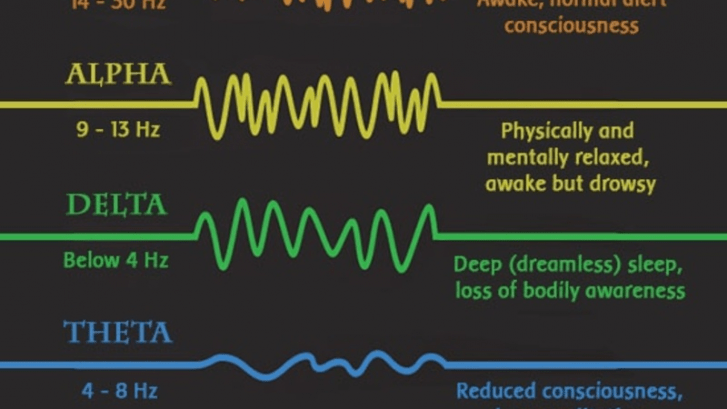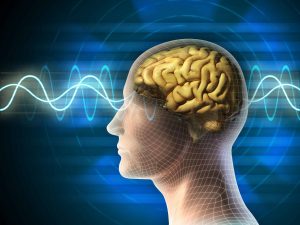Transform Your Family and Relationships with NeurOptimal™
Wise Adage: One good relationship is worth a dozen mediocre relationships
Do you feel out of touch with your loved ones? Or, is there one key relationship that you know could use a boost? If so, NeurOptimal neurofeedback can help to transform your relationships and your life!
What is NeurOptimal™?
NeurOptimal is a brain training and wellness device which can help users to better manage stress, anxiety, anger, and any of the unexpected surprises of life. NeurOptimal™ also promotes healthier sleep habits and can enhance learning capabilities such as the ability to focus. NeurOptimal™ has such a wide range of effects because it is training the whole brain and the whole person each session. What makes NeurOptimal™ unique is the patented Nonlinear-Dynamical-System which responds instantaneously to any brain activity happening during a session. This feedback is so precise that the brain is essentially seeing a mirror of what it is doing and is able to learn from itself unlike never before.
How Can NeurOptimal™ Transform My Relationships?
Because NeurOptimal™ is a holistic brain training service there are a number of positive outcomes that clients should expect. Below are some of the most significant changes which can help transform your relationship with your family and the whole world.
- Patience – Through NeurOptmial™ even the busiest and most restless person can learn to slow down and be more content with the present moment. While patience is good in nearly every situation, it’s especially important in relationships as it makes it easier to slow down and engage with others in what they have to talk about instead of being absorbed or preoccupied with our own thoughts.

2. Sleep – NeurOptimal™ promotes healthy sleeping habits which help you to fall asleep faster and feel more refreshed in the morning. While we may not think about the importance of our sleeping habits, proper sleep is essential for a happy and healthy lifestyle. Sleep restores and refreshes our body and when we are deprived of sleep a number of wide ranging physical, social, and emotional issues can arise.
 3. Confidence – One of the most astounding transformations which NeurOptimal™ produces is improvement in self-esteem and feelings of self-worth. Time after time, clients who are initially shy and reserved come back a few sessions later with more confidence, a brighter demeanor, and are eager for more brain training.
3. Confidence – One of the most astounding transformations which NeurOptimal™ produces is improvement in self-esteem and feelings of self-worth. Time after time, clients who are initially shy and reserved come back a few sessions later with more confidence, a brighter demeanor, and are eager for more brain training.
NeurOptimal™ Spring “Relationship” Launch
Family Package – $60 per session with groups of 3 or more (Appointments do not need to be together)
Spring Session Bundles– 5 for $350 or 10 for $650
Individual Sessions- $80 per session
Senior Citizen (Over 55) – $70 per session
To put it simply, when we aren’t stressed, anxious, or overwhelmed in our day to day life it’s much easier for us to connect with other people and to enjoy the present moment at hand. It might be easy to point to one individual as the cause of familial strife or issues, for best results in achieving greater harmony with your family through NeurOptimal™ we recommend having everyone in the family come in for brain training. If you have any additional questions about neurofeedback or would like to schedule an appointment please contact us by e-mail or phone!
Phone #: (863)–899–9977
E-mail: Info@naturallakeland.com







